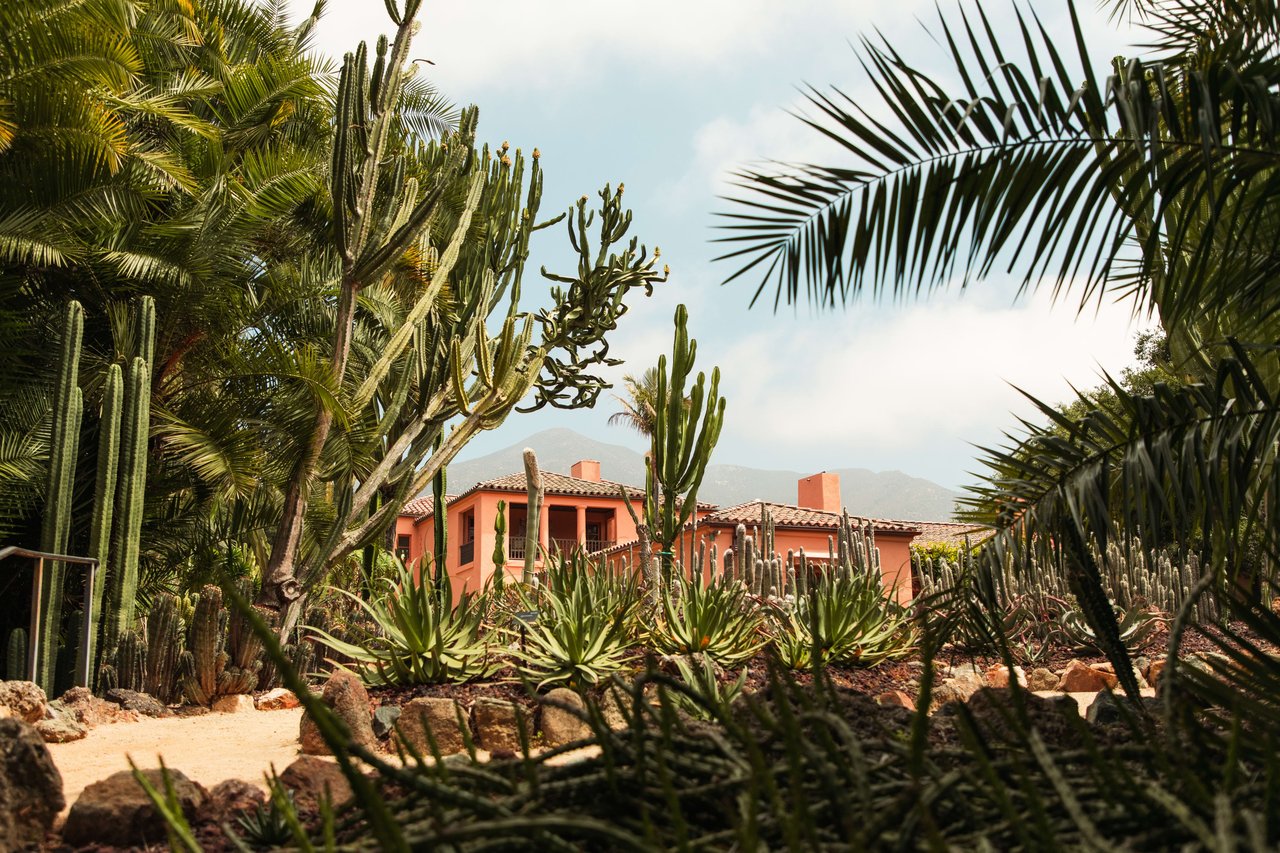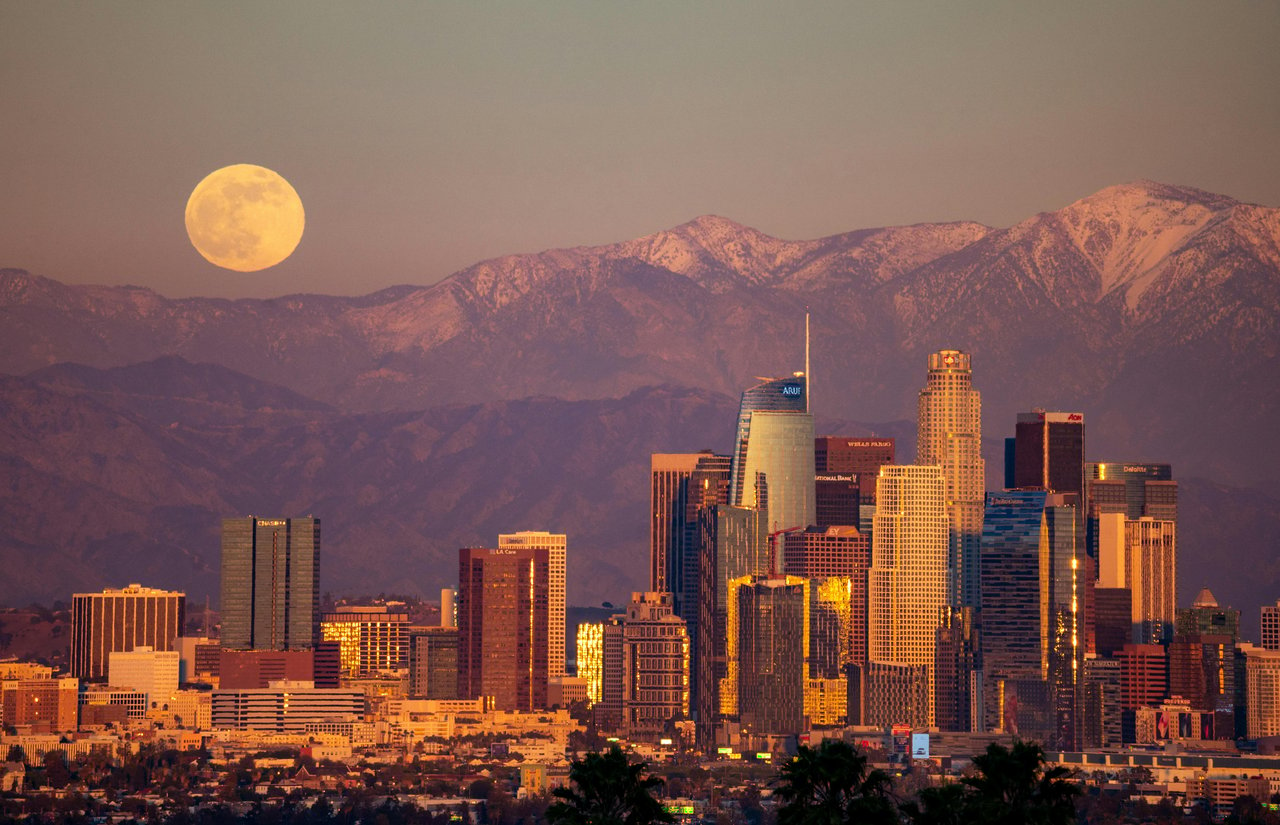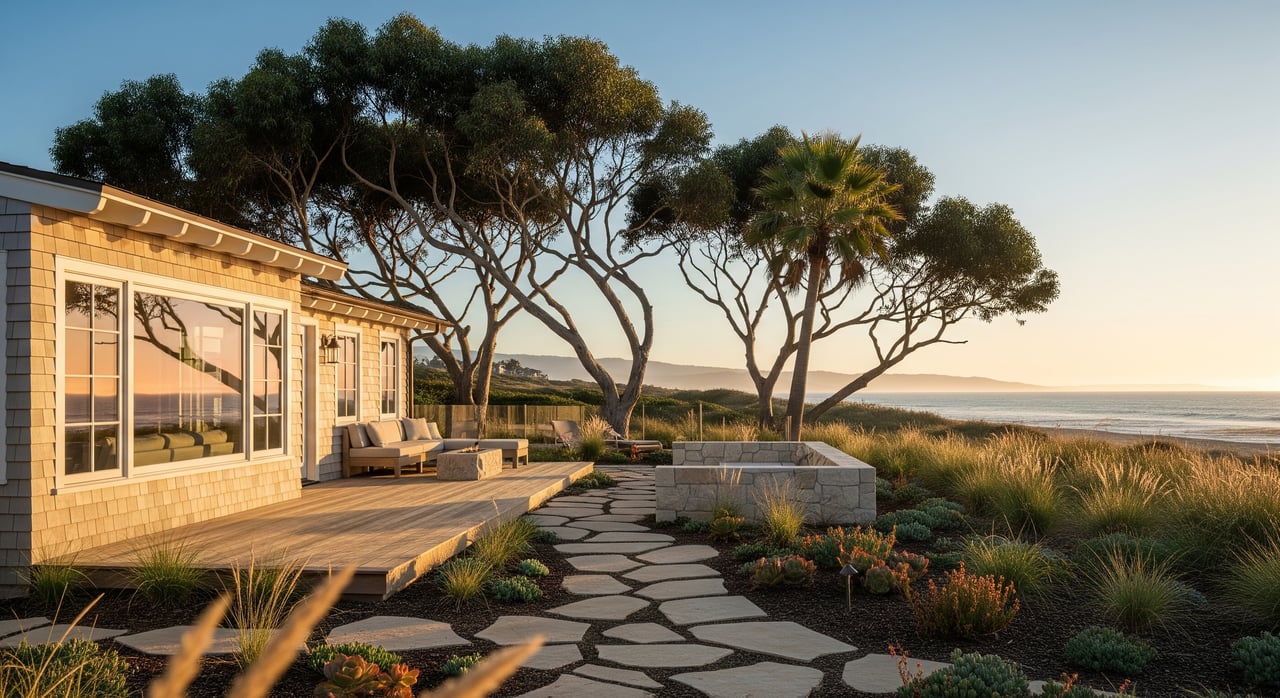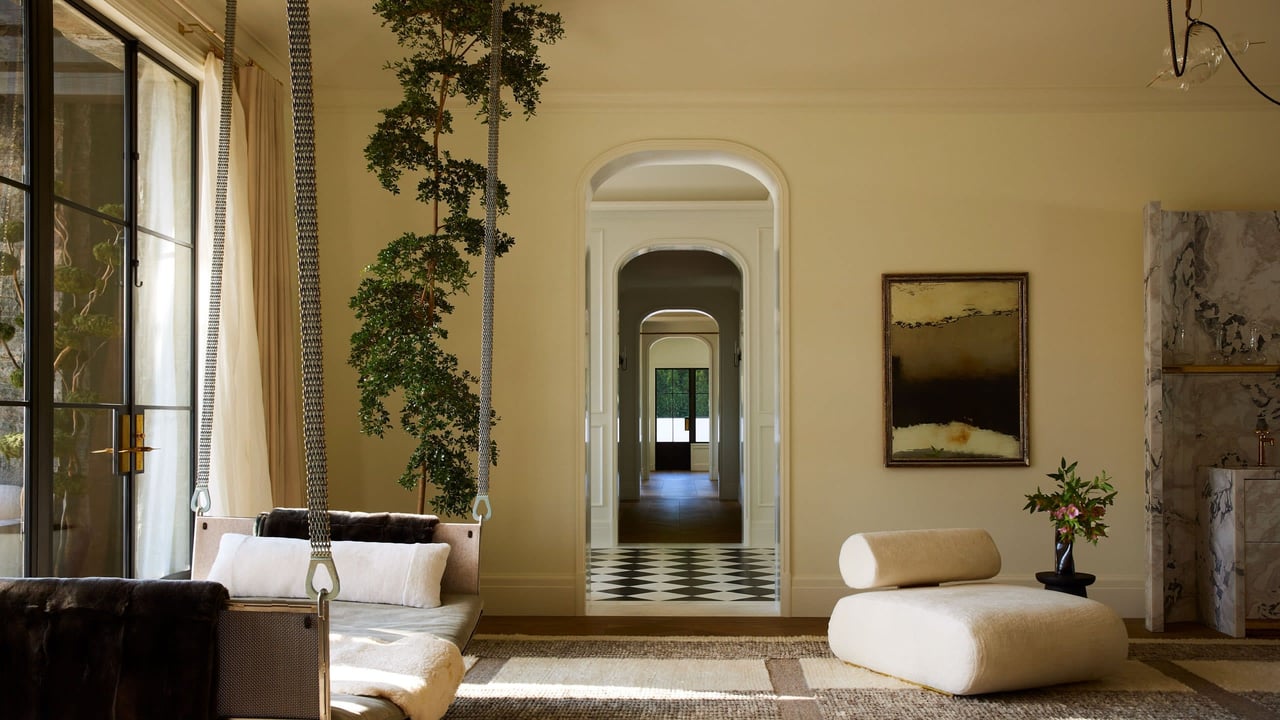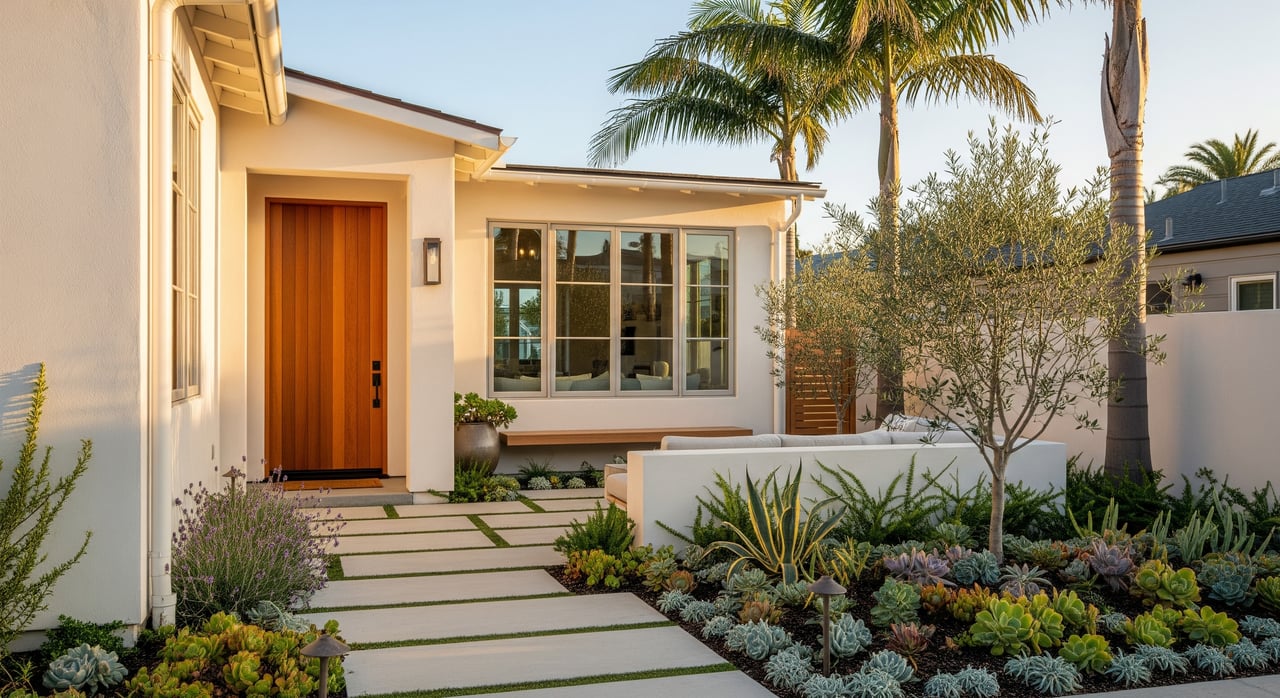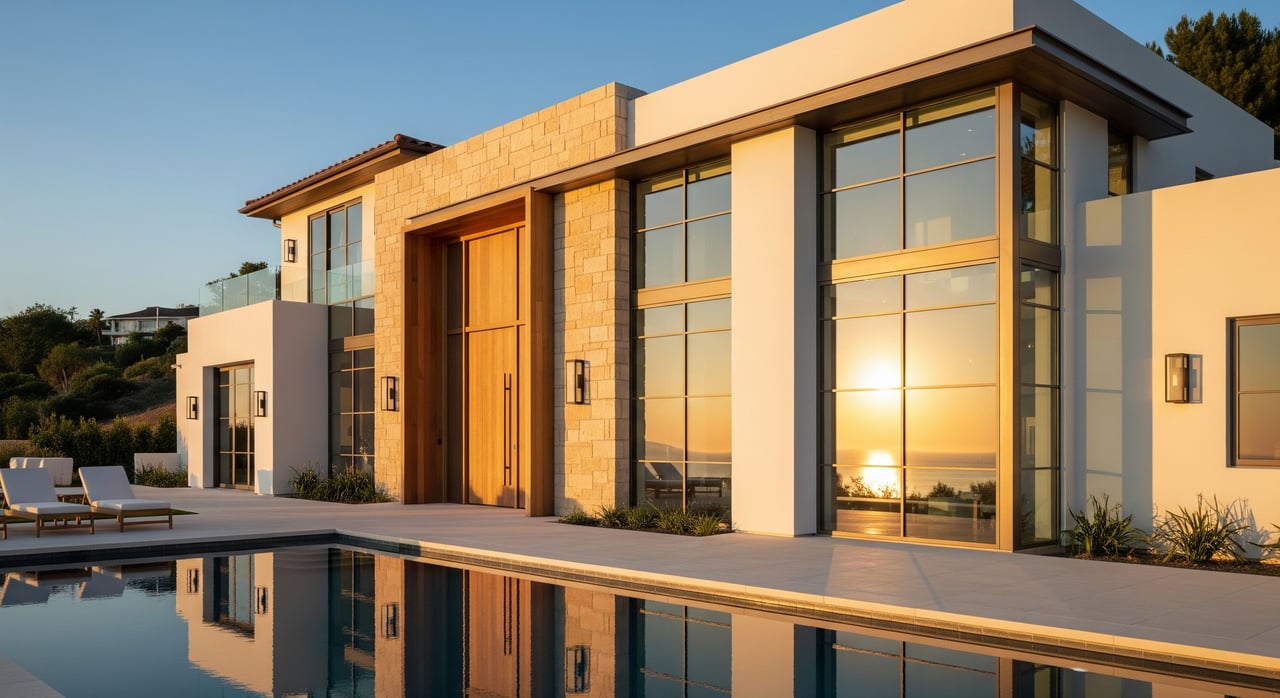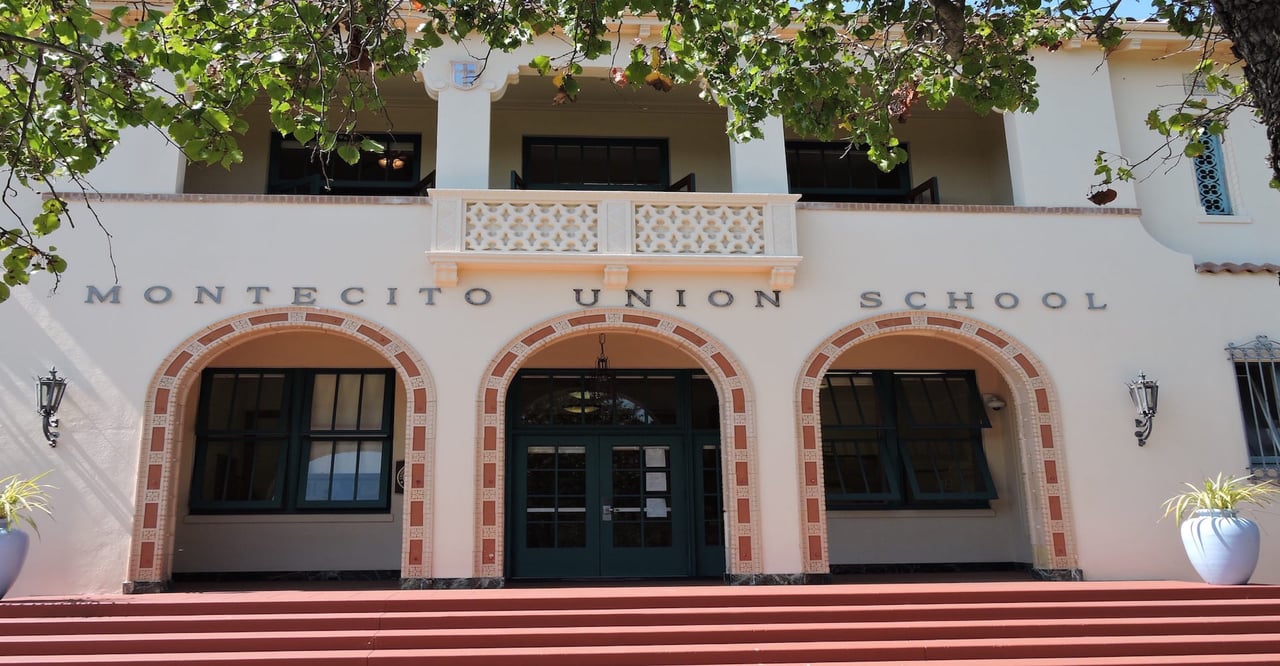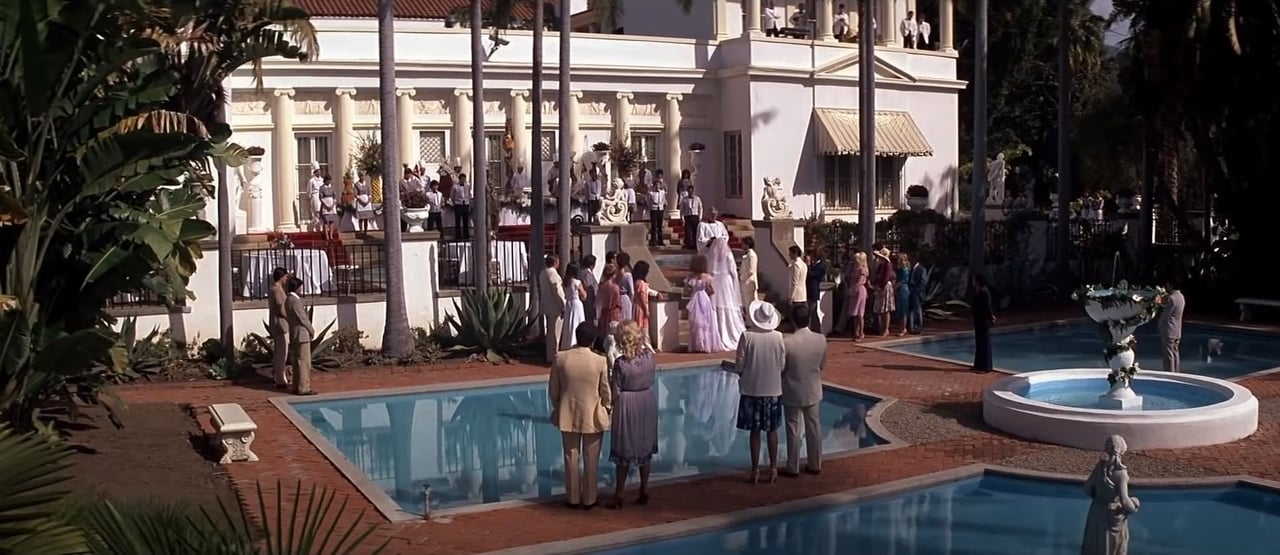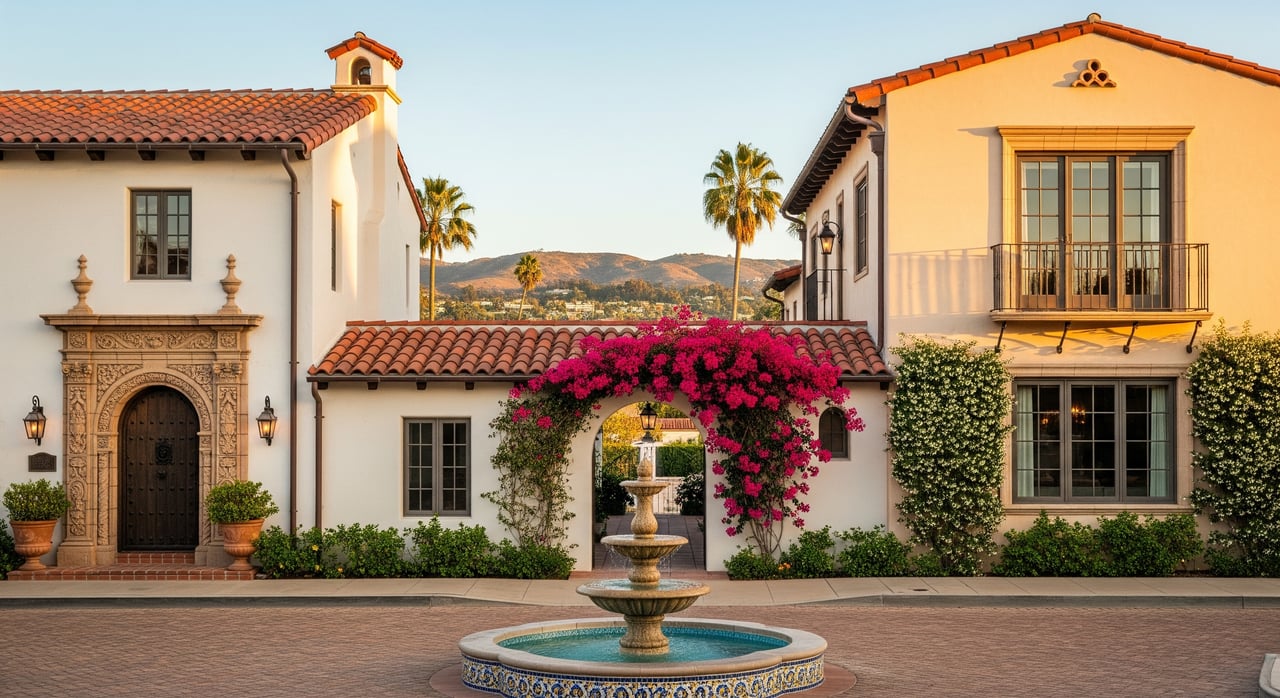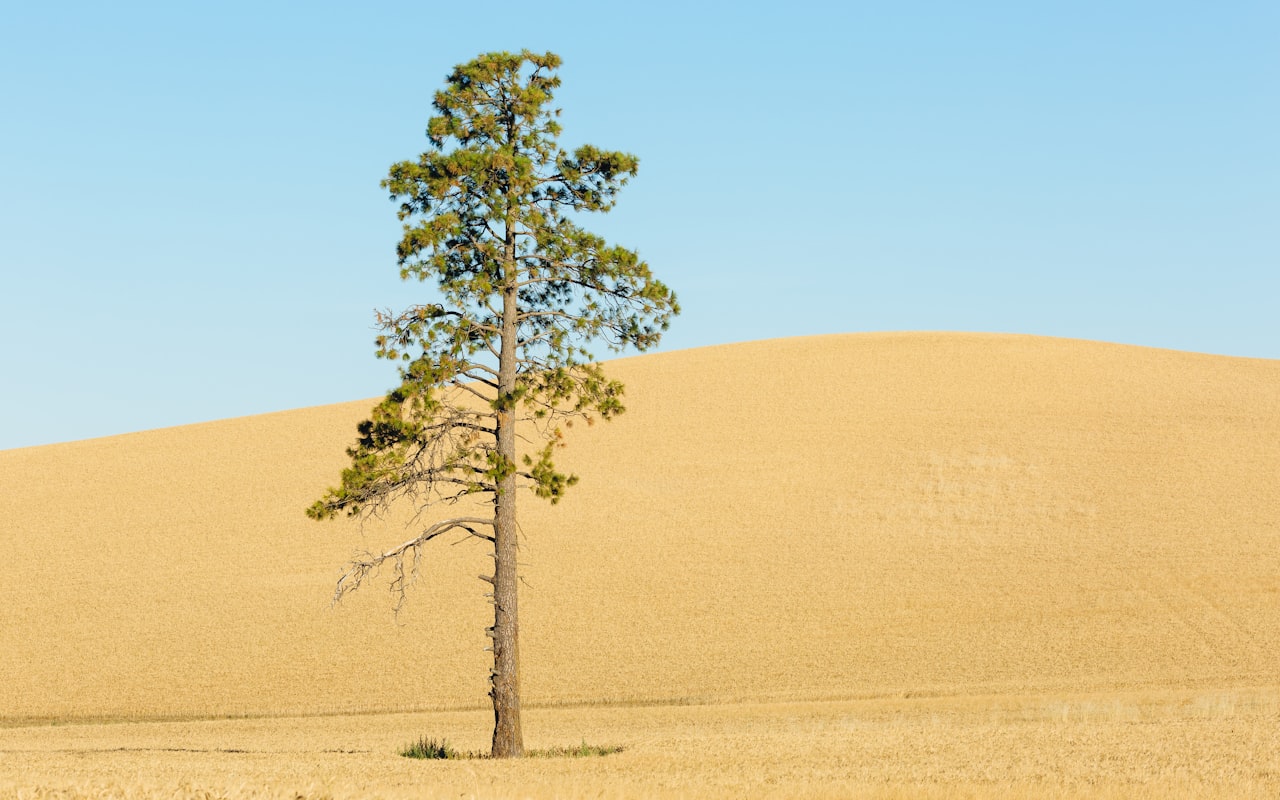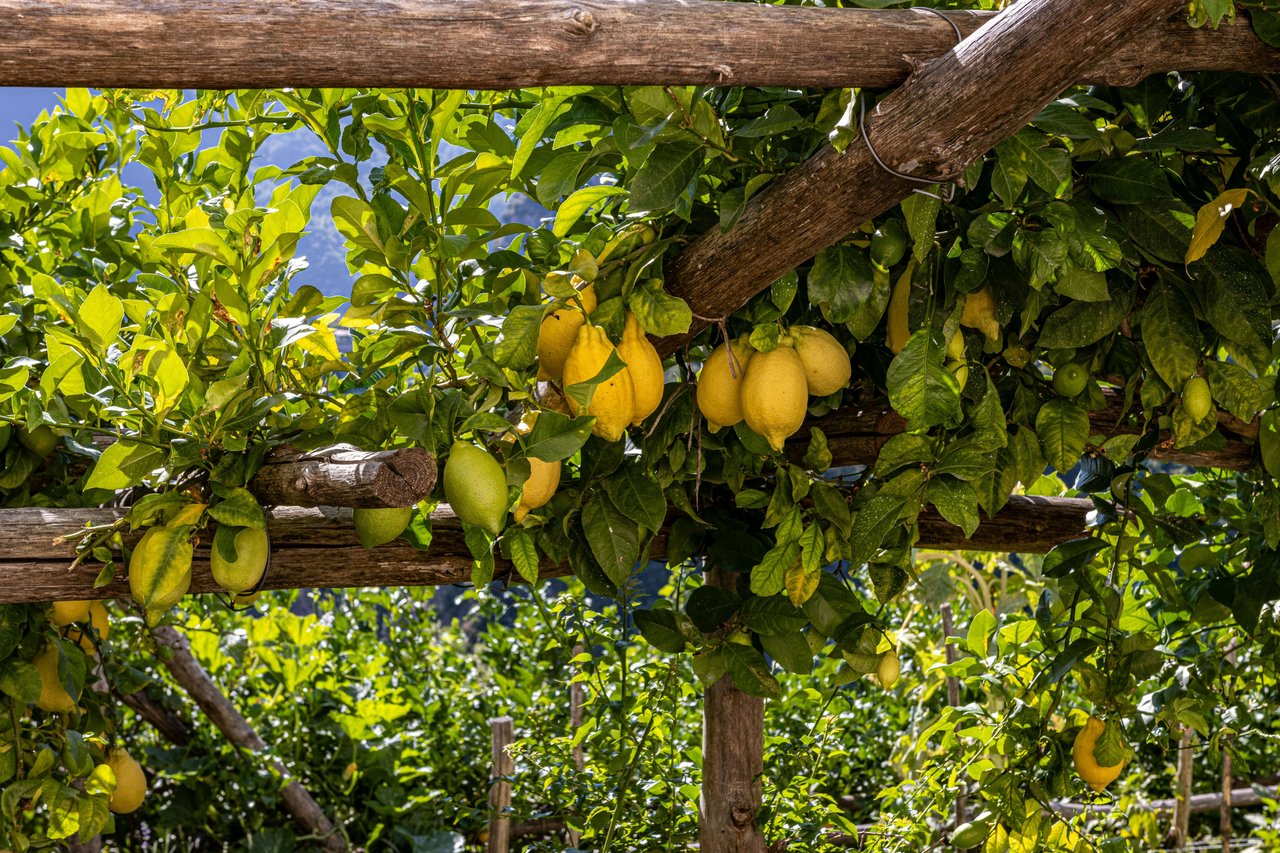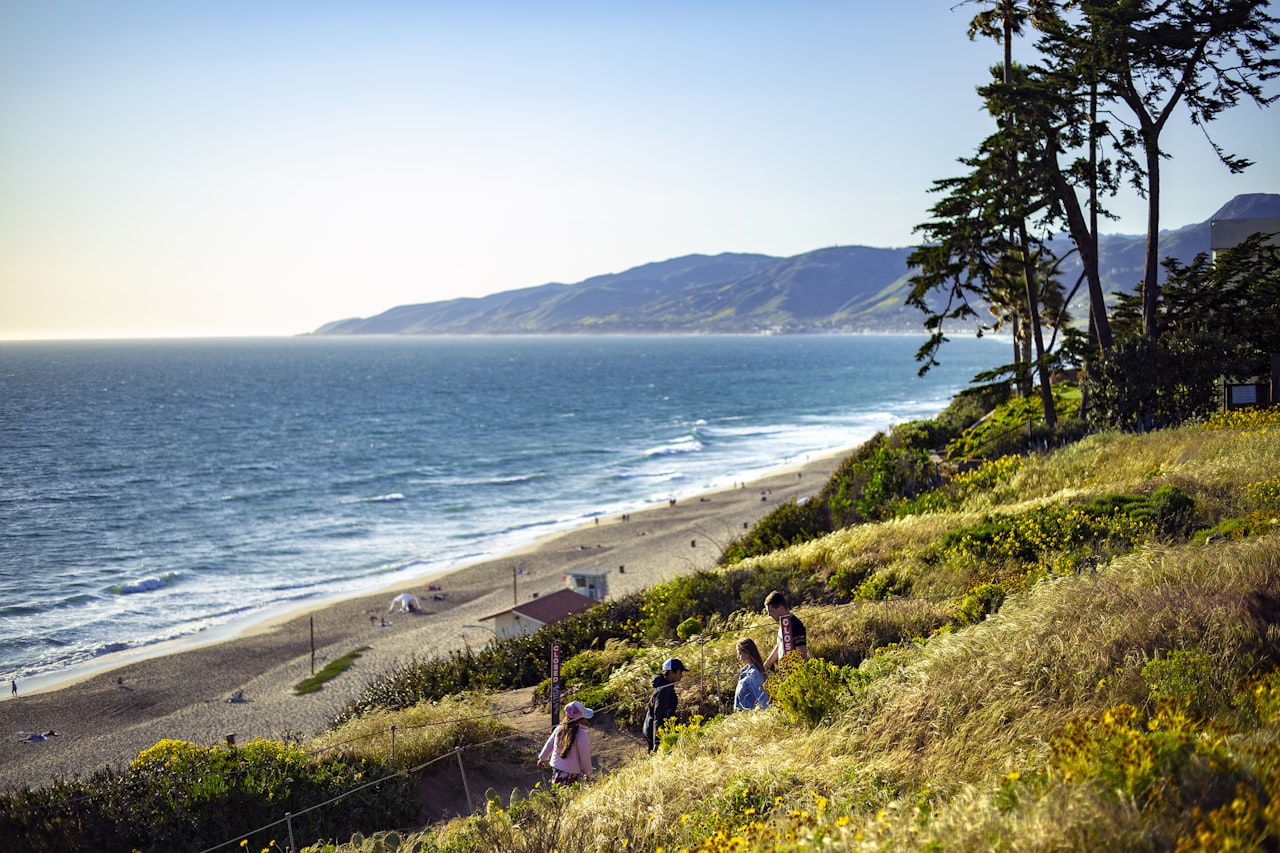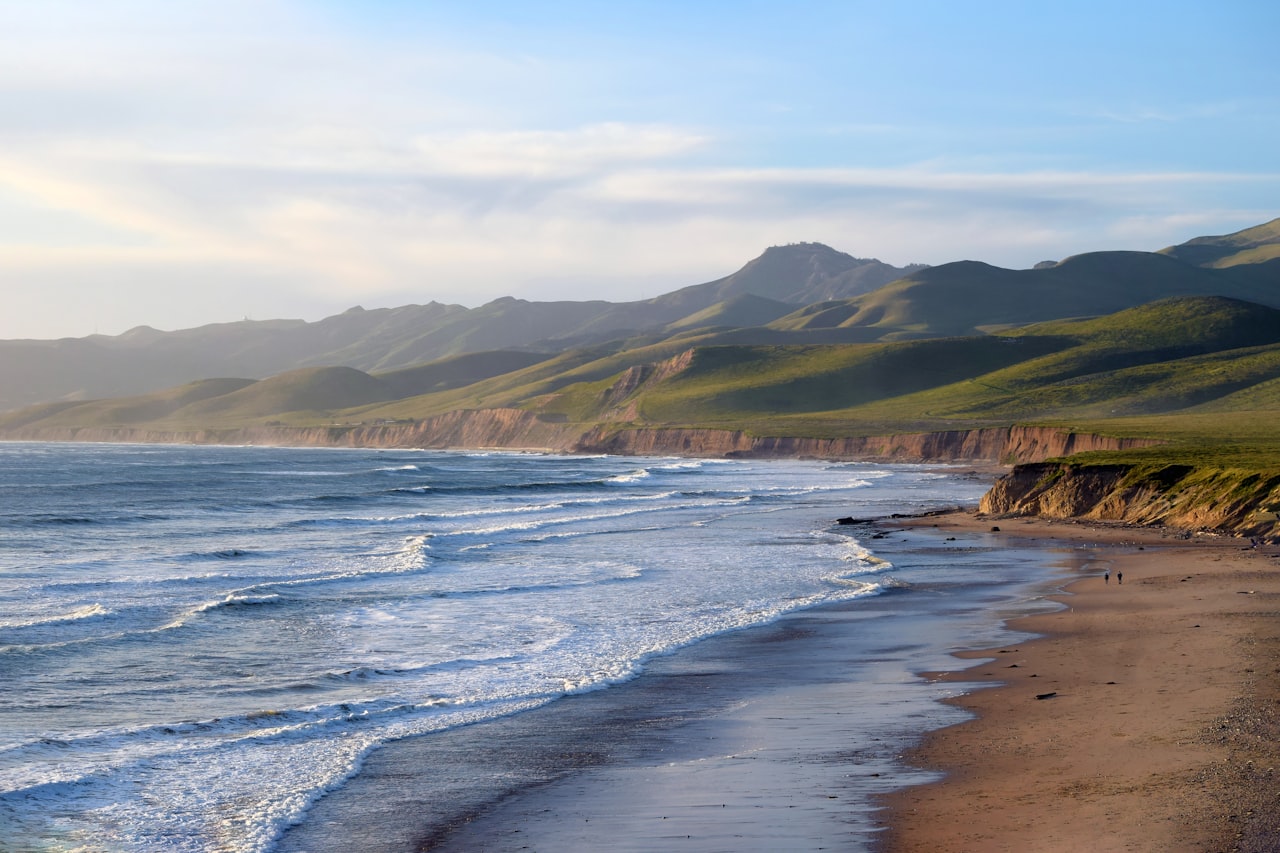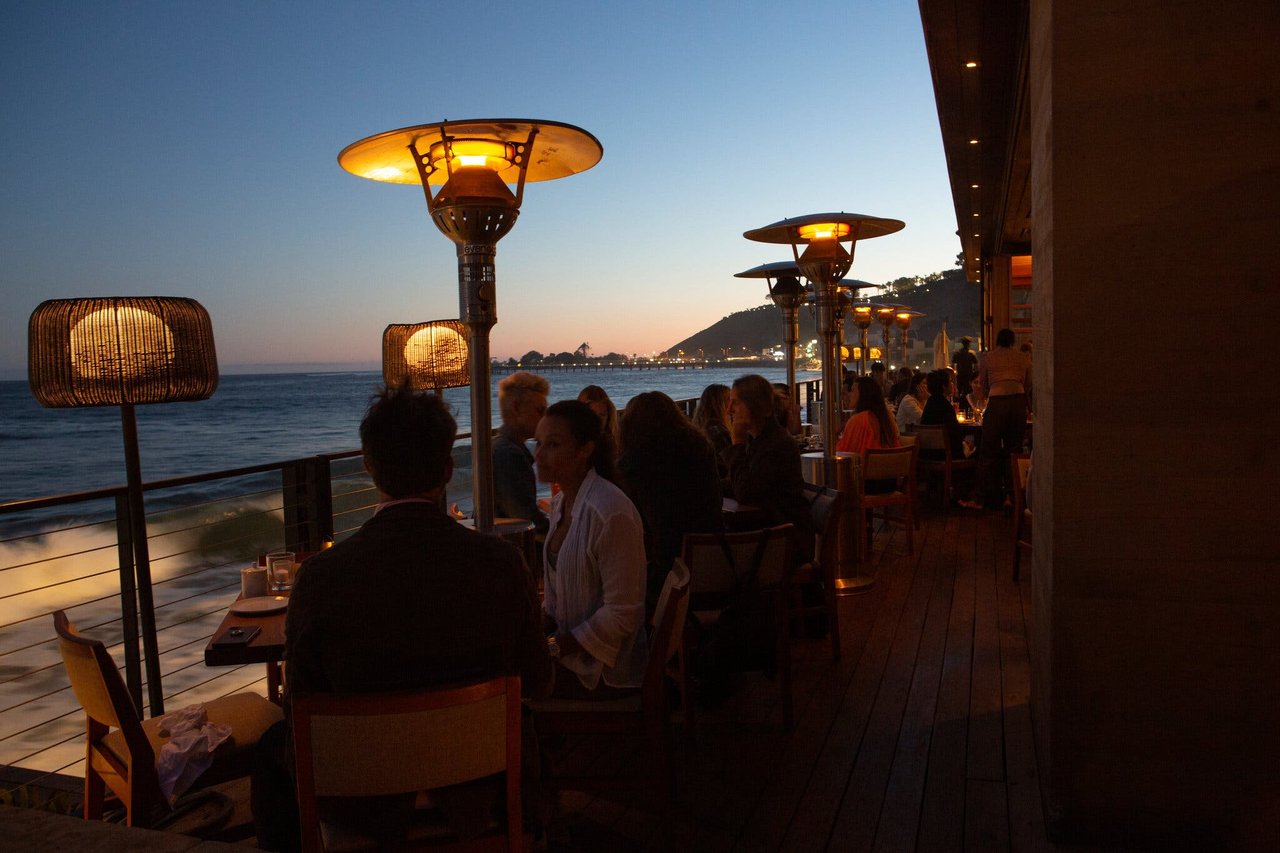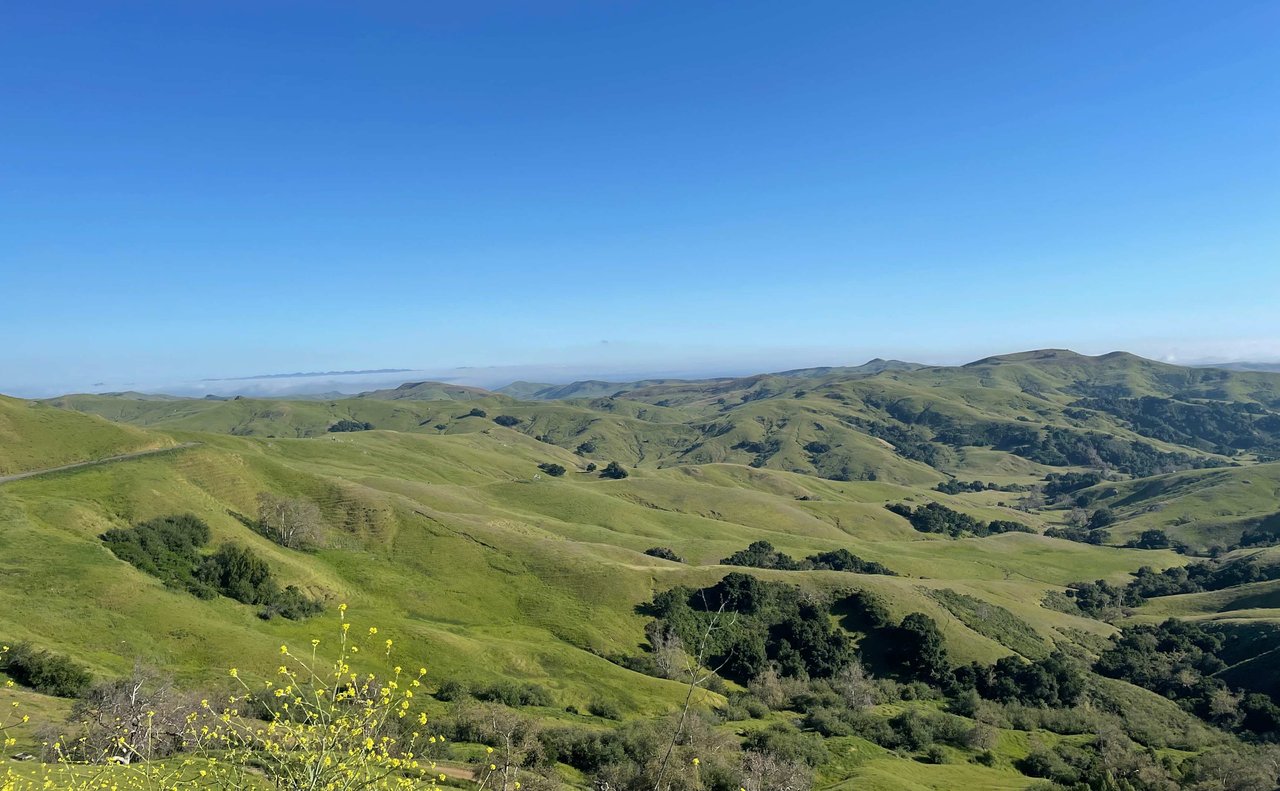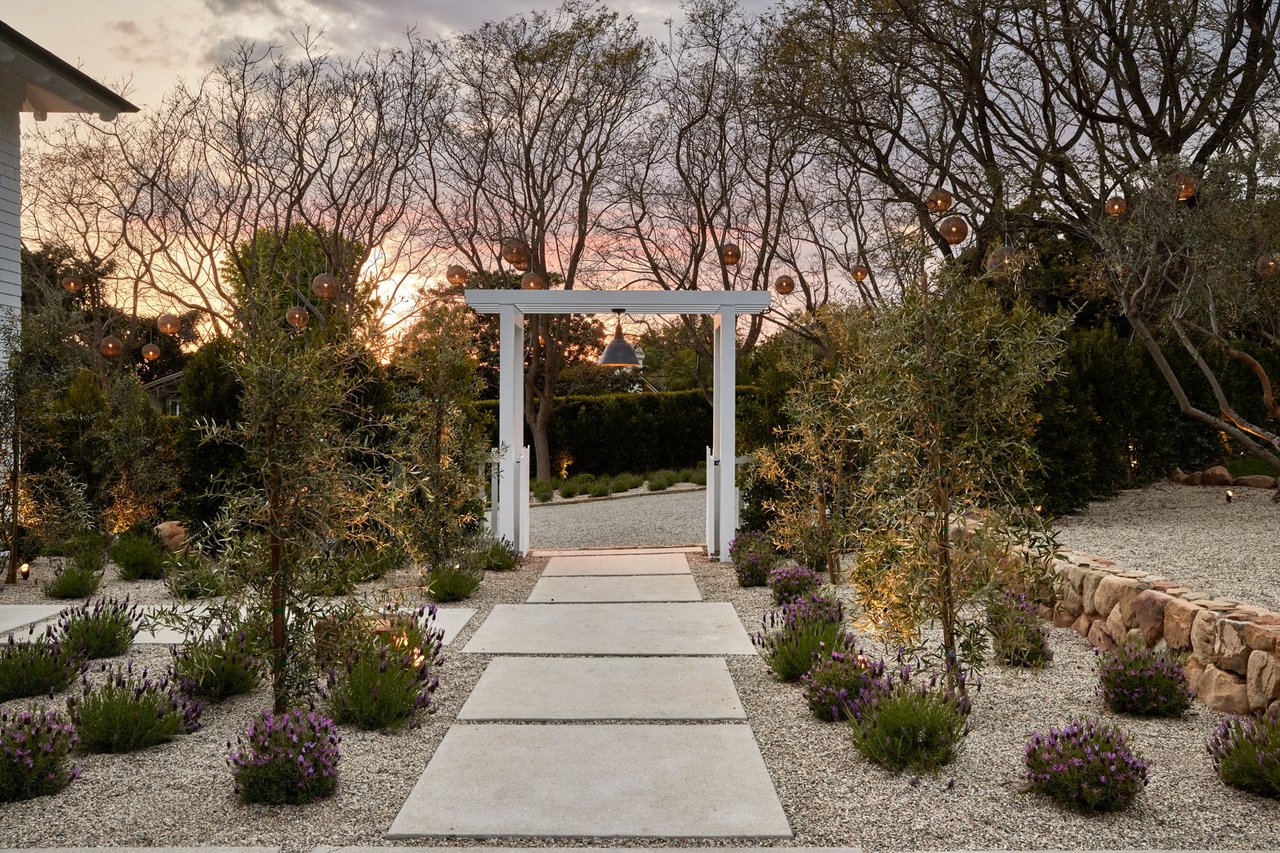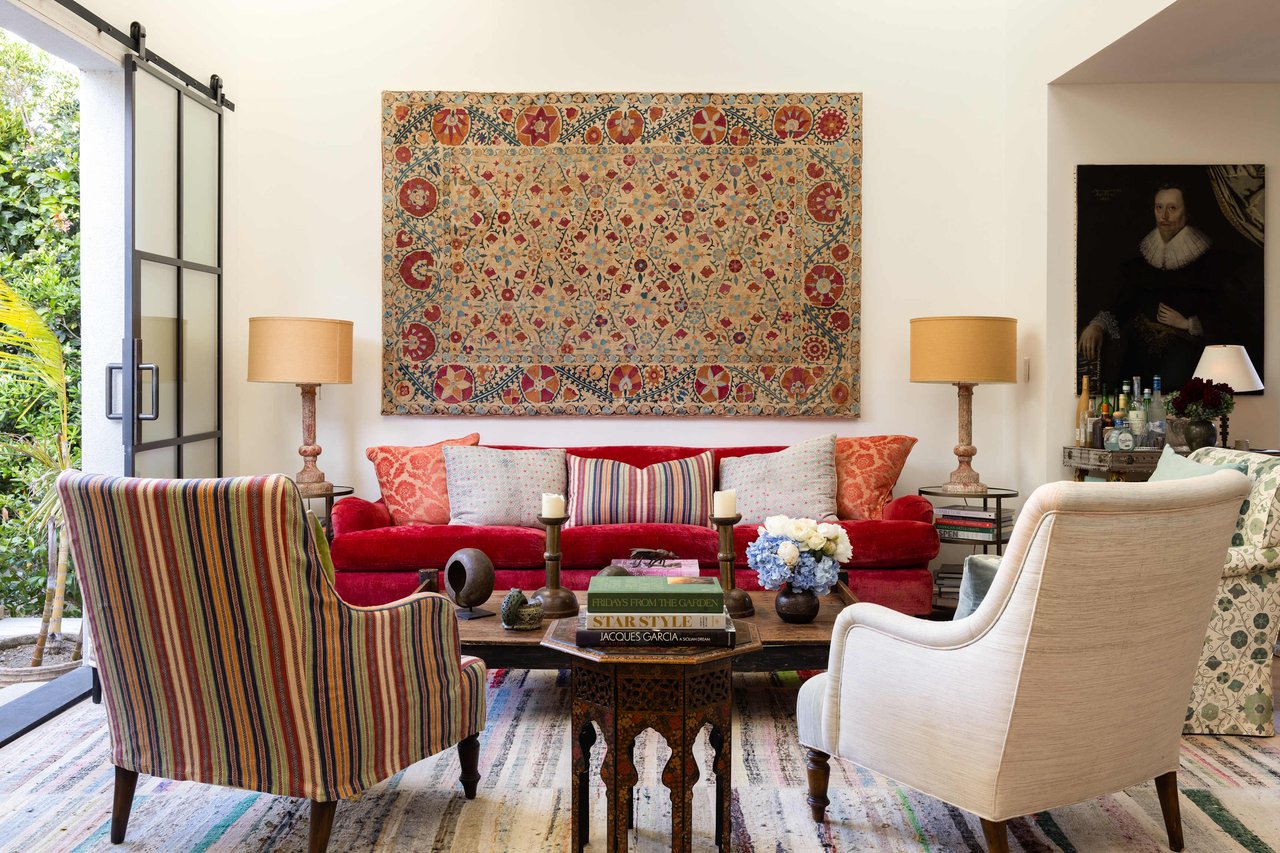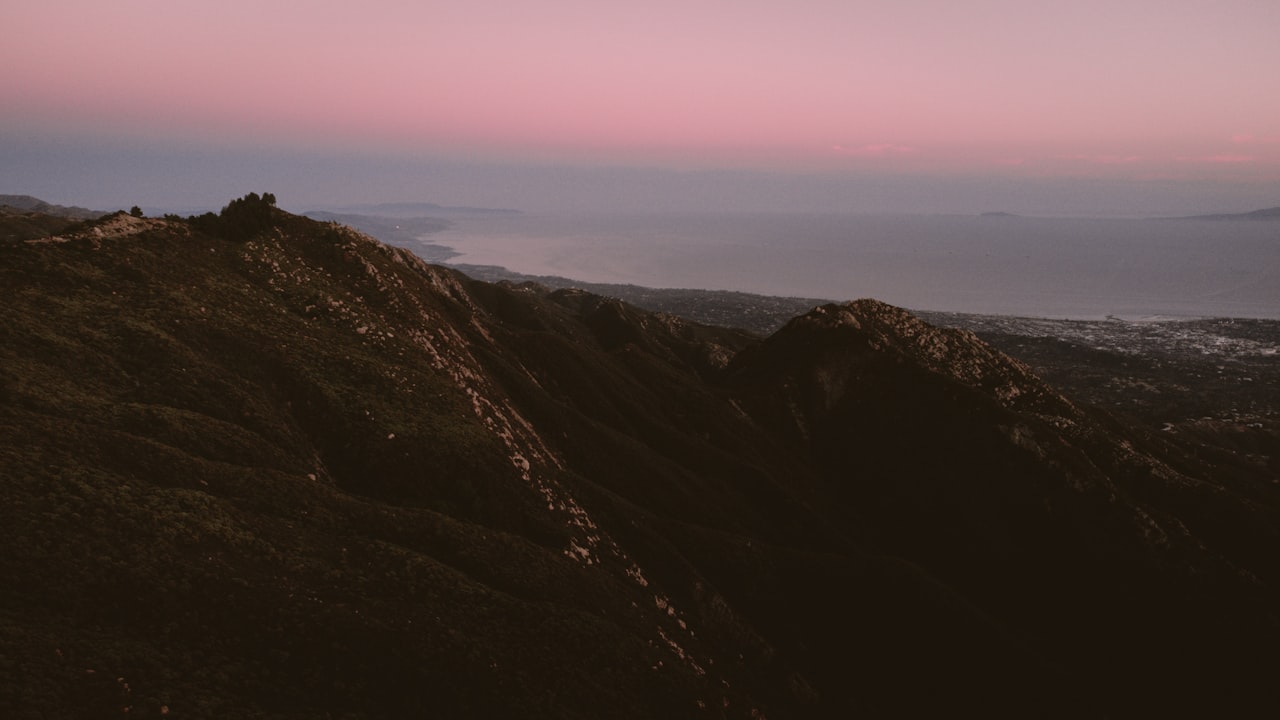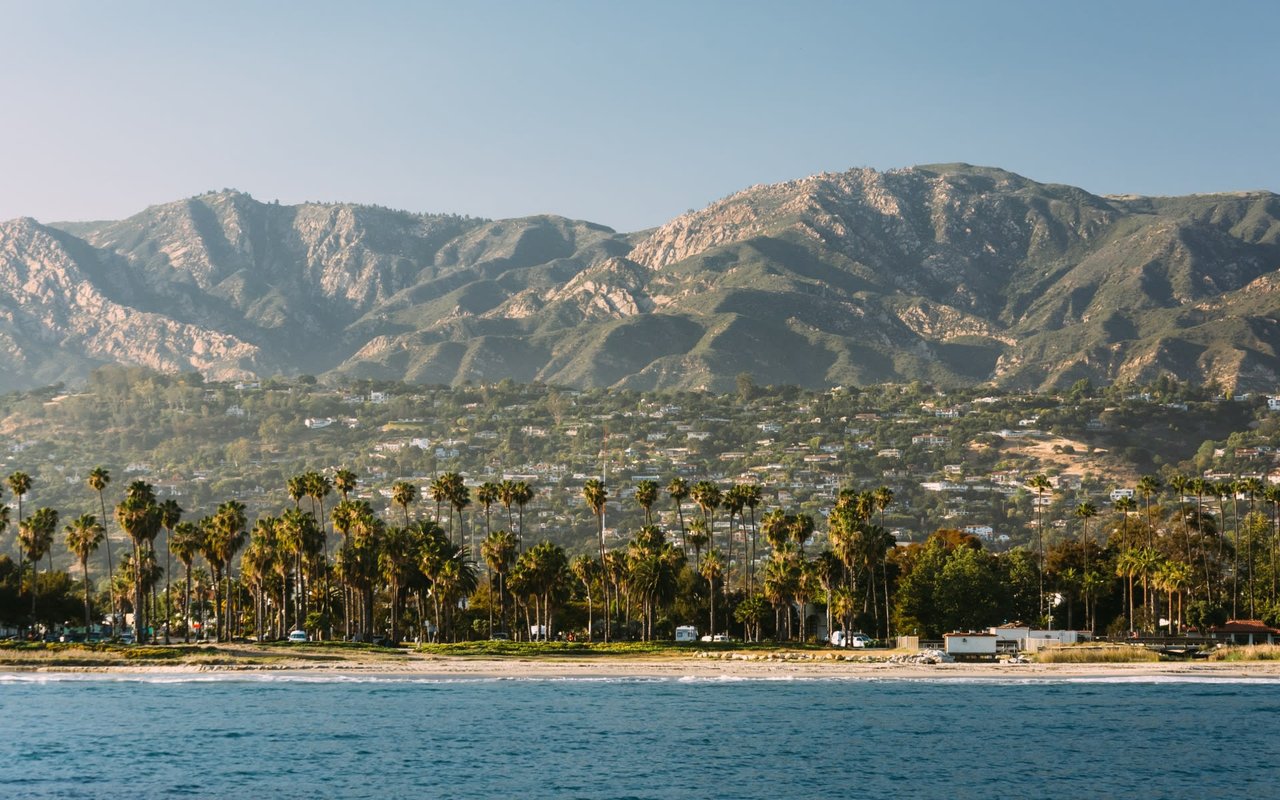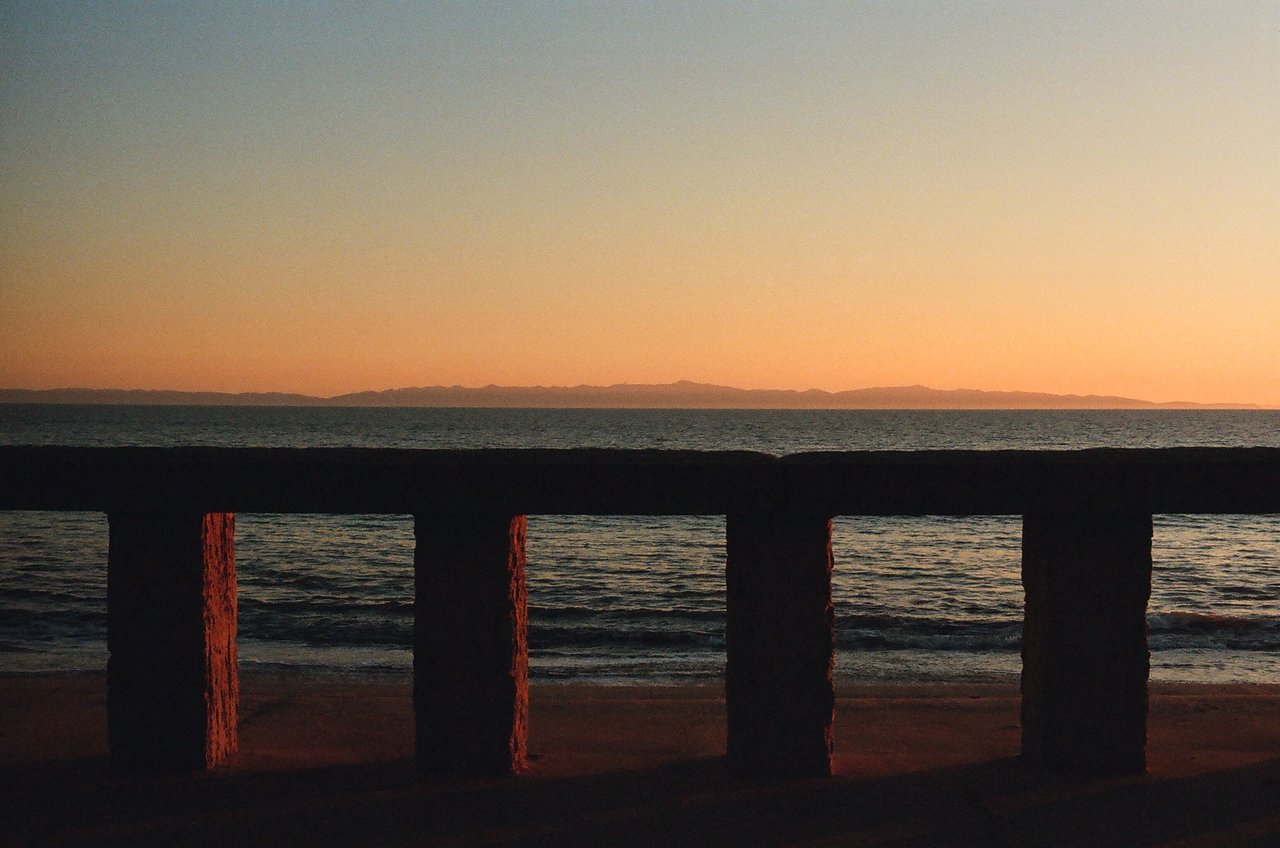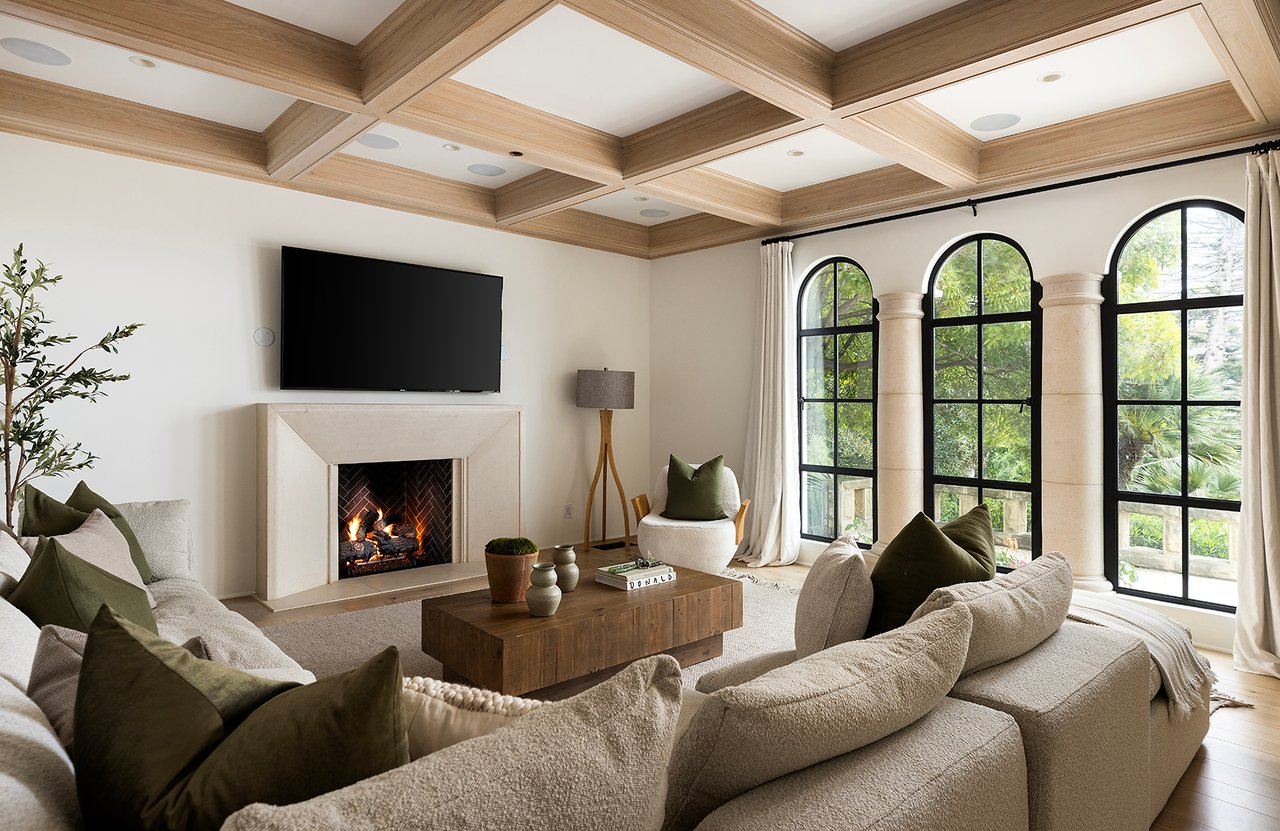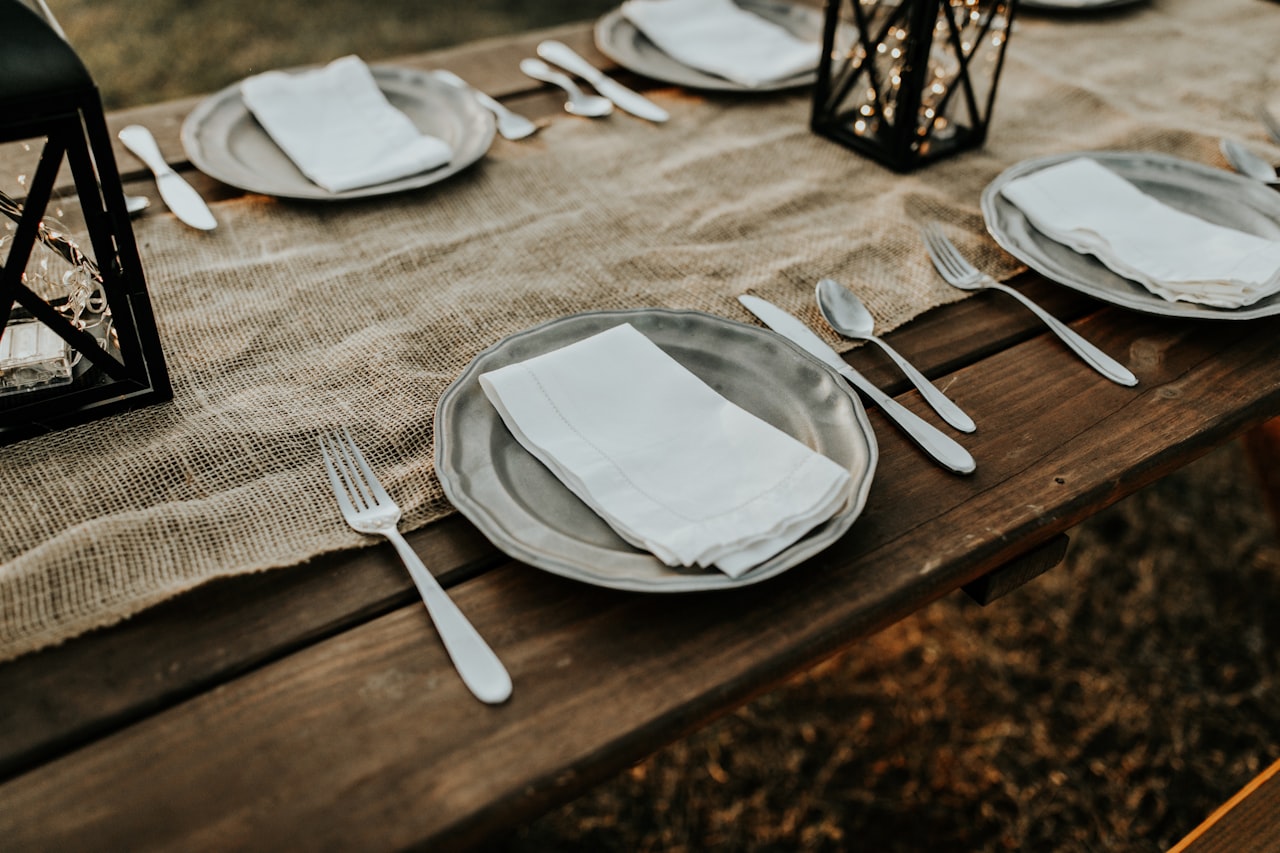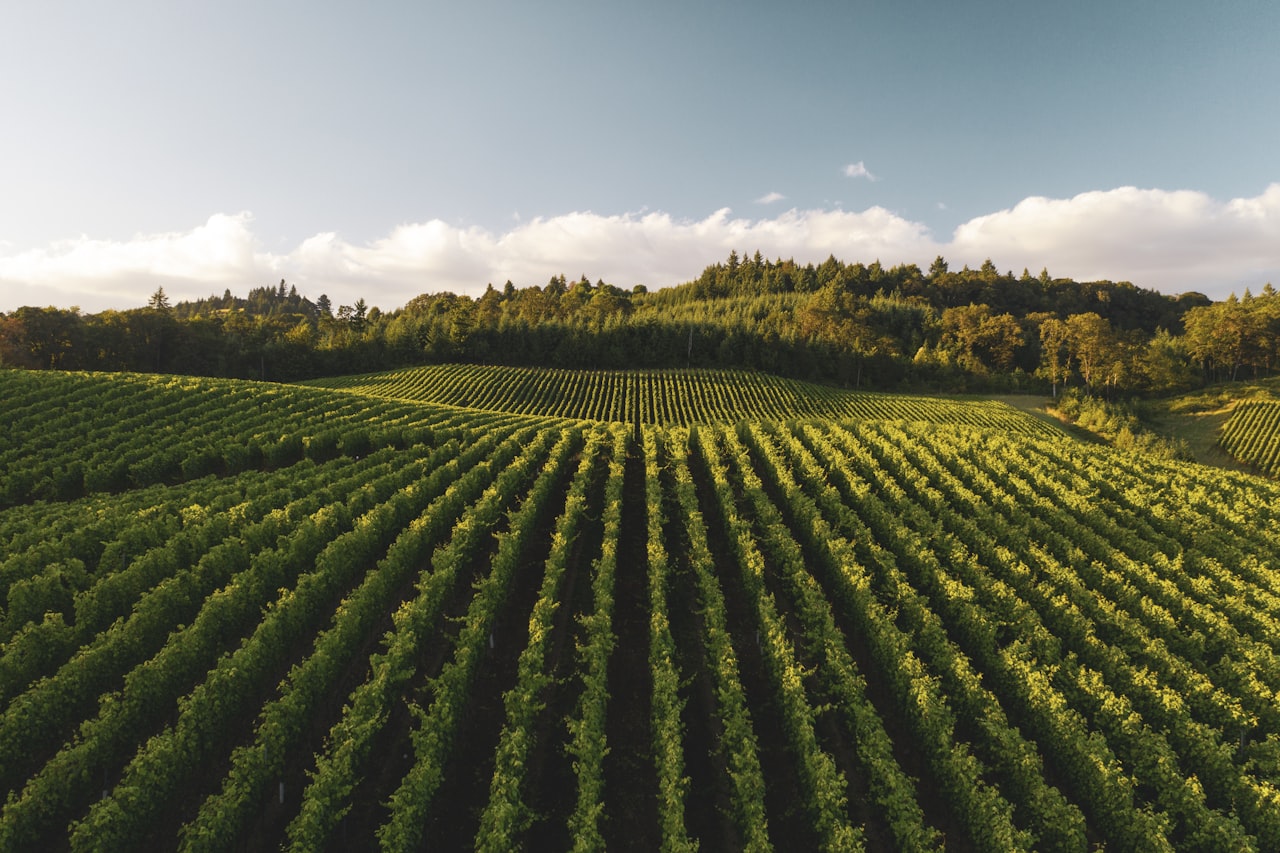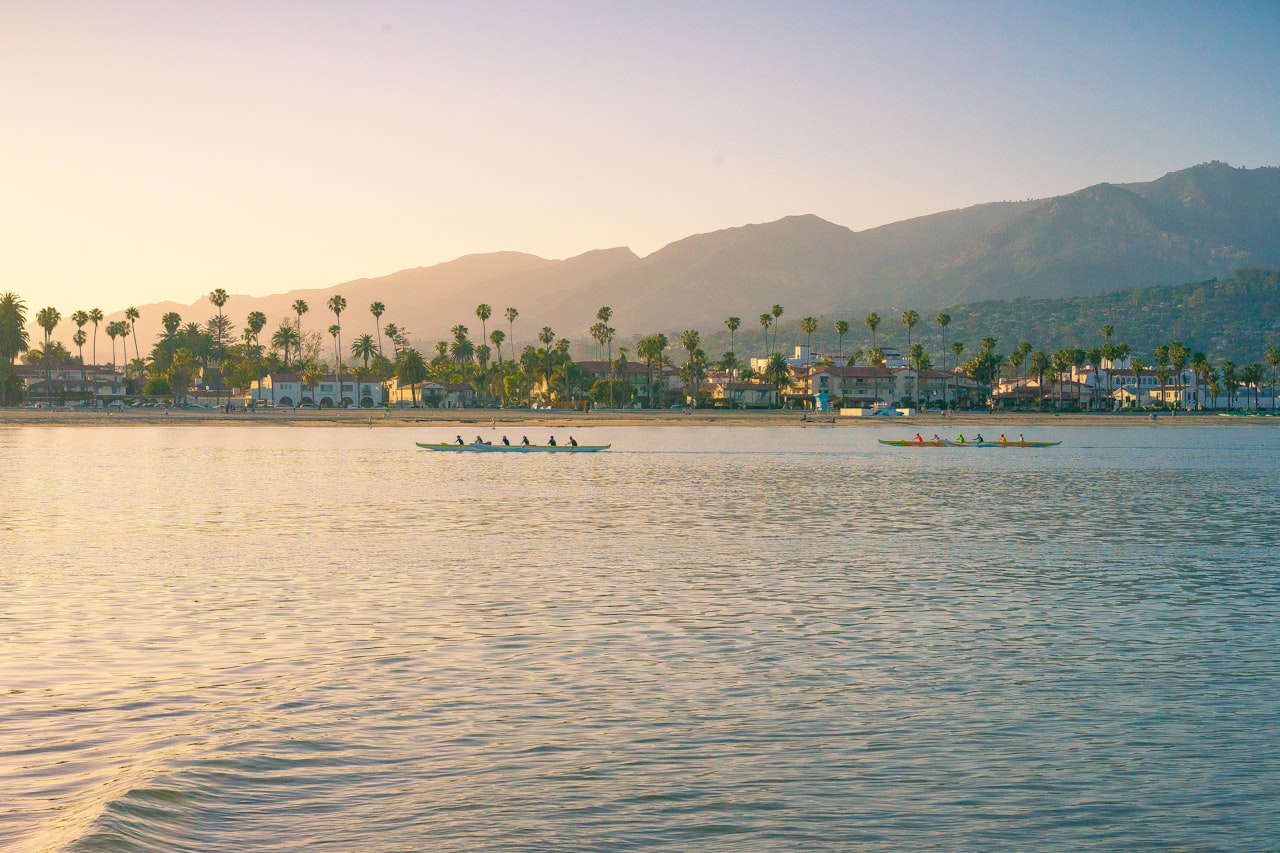History of Lotusland
Ganna Walska Lotusland, aka Lotusland, is a 37-acre botanical garden located in Montecito.
The land was purchased by Ralph Kinton Stevens in 1882 for his family’s home and a commercial lemon and palm nursery and eventually, other tropical plants were added to the collection.
In 1916 the estate was then sold to the Gavit family who added landscape elements, garden structures, and the main residence designed by Reginald Johnson in 1919. Famous local architect George Washington Smith constructed a perimeter wall, stable, pavilion, swimming pool, bathhouse, and several other outbuildings from 1921 to 1927.
The property switched hands one last time in 1941 when opera singer Ganna Walska, after whom the garden is now named, purchased the garden and undertook a four-decade-long project with landscape architect Lockwood de Forest, Jr. to design various distinct gardens.
Ganna Walska died in 1984 and the garden opened to the public in 1993.
The Lotusland botanical garden is open to the public by advanced reservation only.
A sneak peek into some of the gardens at Lotusland
The Blue garden
This garden features plants with silvery to blue-gray foliage, including Blue Atlas Cedar, Chilean wine palms, blue fescue, Mexican blue palm, Queensland kauri, bunya-bunya, hoop pine, and two camphor trees.
Bromeliads gardens
Here bromeliads cover the ground between large coast live oaks. Other notable plants include a branched pygmy date palm and giant ponytail palms.
The Cactus Garden
The Cactus garden began in 1929 by Merritt Dunlap and features a collection of columnar cacti. Over 500 plants, representing about 300 different species of cacti in geographically organized groups. Notable specimens include species of Opuntia from the Galapagos Islands, Armatocereus from Peru, and a complete collection of the genus Weberbauerocereus. Accent plants include the boojum tree, dry-growing bromeliads, and several Agave species.
The Cycad Garden
Lotusland has over 900 specimens of cycads, with nine of the eleven living genera and more than half of the known species represented. The collection includes three Encephalartos woodii, among the world’s rarest cycads and extinct in the wild.
Fern gardens
Featuring many types of ferns, such as Australian Tree Ferns and giant staghorn ferns. Other shade-loving plants such as the angel trumpet tree, calla lily, clivia hybrids, and a collection of Hawaiian Pritchardia palms are present.
The Japanese Garden
A small Shinto shrine surrounded by Sugi, Coast Redwood, a wisteria arbor, Japanese Maples, camellias, azaleas, and several species of pine pruned in the Niwaki style.
The Parterre Garden
Formal planting beds and brick walkways with two central water features. Plantings include hedges, floribunda roses, and daylilies.
Succulent gardens
A variety of succulents including Madagascar Palm, Aeonium, Fouquieria, Kalanchoe, Echeveria, Haworthia, Yucca, and Sansevieria.
The Topiary Garden
Featuring a horticultural clock 25 feet in diameter, bordered by Senecio mandraliscae; a boxwood maze; and a "zoo" of 26 topiary animals, including a camel, gorilla, giraffe, and seal. Other frames are shaped as chess pieces and geometric shapes.
Tropical gardens
Featuring orchid cacti, gingers, and bananas both ornamental and edible.
The Water Garden
Includes several species and cultivars of Indian lotus and water lily and also bog gardens featuring taro, ornamental sugar cane, and papyrus.
Visit lotusland.org for more information and reservations
All photo credits to Kim Baile
